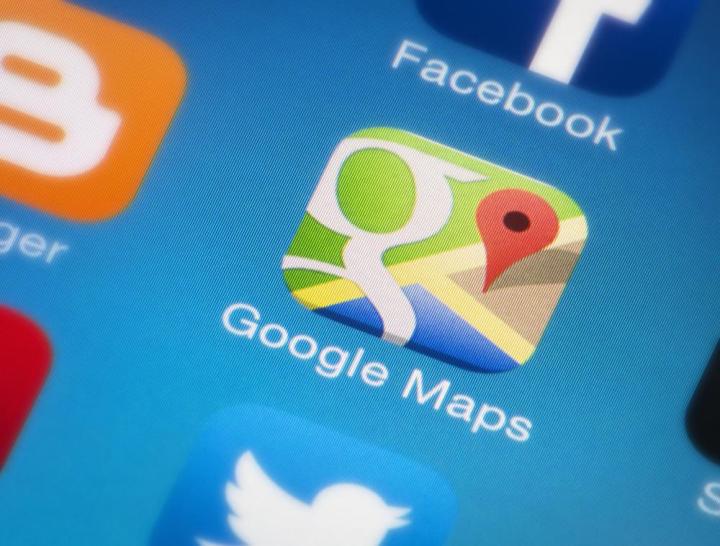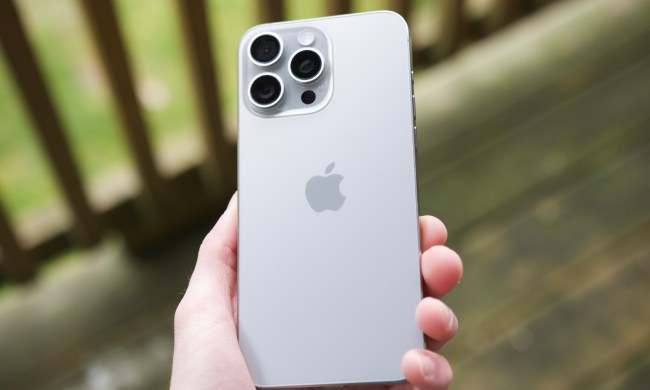
Users will receive a spoken summary of the upcoming traffic, which could be a minor crash or major congestion, along with a delay estimate. Google will be able to provide detailed reports of the entire route, which means you can change the route before you even step into the car.
Traffic alerts have played a big part in Waze’s success — the mapping app that Google acquired for $1.1 billion in 2013 — and Google Maps is finally receiving the feature. Though, instead of user generated traffic alerts, Google will use data from other Google Maps users and traffic services to make sure information is accurate.
“While you’re on the road, Google Maps will give you a heads up if congestion lies ahead, and how long you’ll be stuck in a jam,” said Google. “You’ll also get the option to take alternate routes, including explanations for why one is recommended — whether it’s the fastest or avoids an incident.”
Google Maps added spoken traffic alerts earlier in the year on Android, and it has finally arrived on iOS. Apple Maps currently doesn’t offer traffic alerts, neither does Nokia Maps, which was recently sold to a consortium of German car manufacturers.
The Google Maps update comes a few weeks after a major overhaul to Waze, adding a ton of new features to Israeli-based mapping service. Both mapping services continue to receive regular updates, which is odd considering they compete for users.


